During my time as a research intern at INMAS-DRDO (Institute of Nuclear Medicine and Allied Sciences), I had the opportunity to study how radiation interacts with the human body.
From analyzing DNA strand breaks to understanding the biological half-life of radiation and cellular repair mechanisms, I witnessed how even low-dose radiation can leave behind long-term damage at the molecular and genetic level.
Turns out radiation doesn’t just burn or poison – it alters the code of life DNA. But how?
Radiation is the emission or transmission of energy in the form of waves or particles through space or a material medium.
Radioactive (or nuclear) ‘spread’ is a byproduct from nuclear reactors, fuel processing plants, hospitals and research facilities, Uranium mining or nuclear explosions. Radioactive waste is also generated while decommissioning and dismantling nuclear reactors and other nuclear facilities.
Radiation has enough energy to break chemical bonds in our DNA, cause chromosomal aberrations, and interfere with normal gene expression. And when these are left misrepaired or unrepaired, these changes can lead to cancer and inherited mutations across generations.
Though this might sound like scientific fiction, history has shown us real-life examples where radioactive exposure has caused irreversible genetic harm.
In this article, we are going to revisit 5 real radiation tragedies that have directly impacted human DNA.
Key Topics:
1. Hiroshima and Nagasaki (Japan,1945)
What happens to our DNA if a nuclear bomb is dropped on Us? Our first case study is from the Second World War.
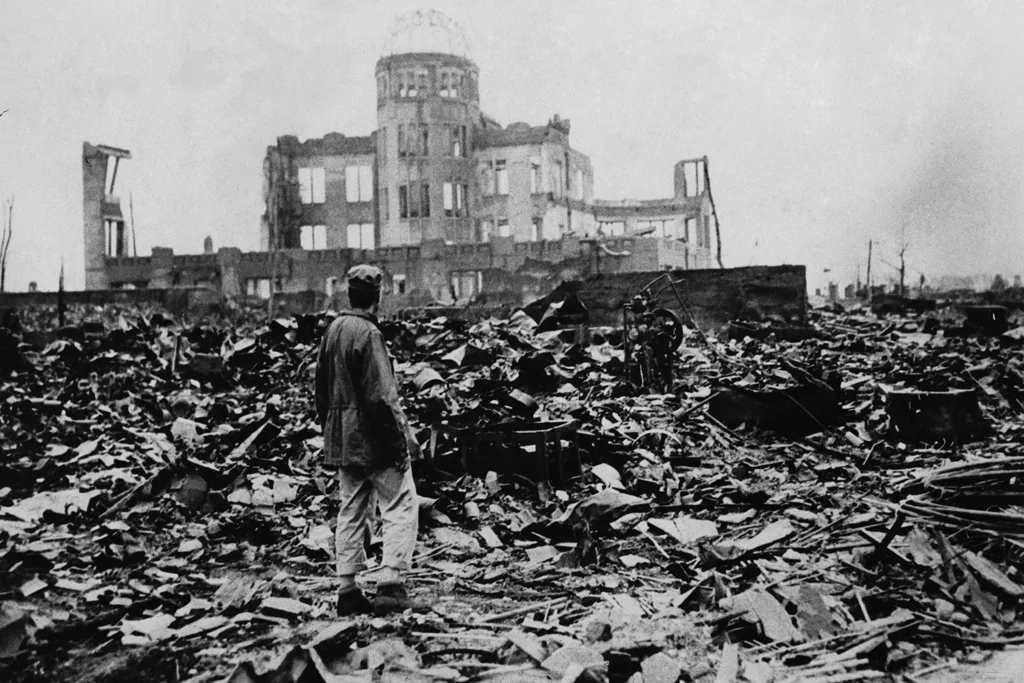
What happened: On 6th and 9th August 1945, the U.S. dropped 2 atomic bombs on 2 cities of Japan – Hiroshima and Nagasaki, killing over lakhs of people and exposing survivors to intense radiation.
Consequences: Radiation is a mutagen that increases the likelihood of genetic mutation. Survivors who endured heavy doses of radiation were reported to have high rates of permanent chromosomal damage in their blood cells–such as broken, rearranged, or missing chromosomes – years after exposure.
This kind of damage directly altered the very genetic code of the survivors, leading to mutations that over the years turned into cancer, especially leukemia and thyroid tumors.
The concerning part here is that large-scale studies by the Radiation Effects Research Foundation (RERF) state that when ionizing radiation causes DNA damage (mutations) in male or female reproductive (“germ”) cells, that damage can be transmitted to the next generation (F1).
2. Chernobyl disaster (Ukraine,1986)
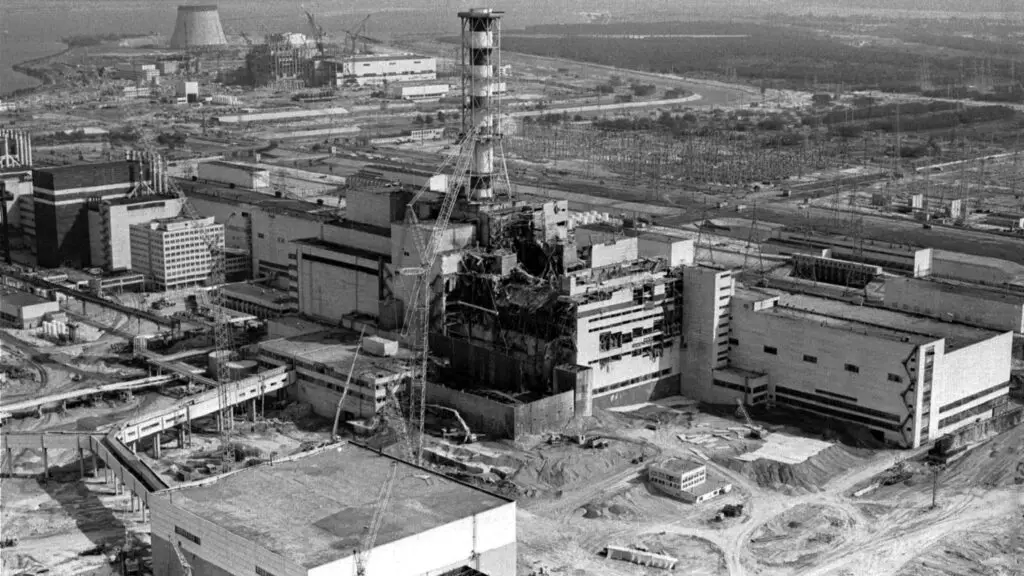
What happened: In April 1986, a nuclear reactor exploded and released radioactive particles across Europe, affecting thousands.
Consequences: The explosion resulted in a cloud of radioactive substances like iodine-131, Cesium-137 and Cesium-134.
A study published in the National Institute of Health states that Exposure to radioactive iodine-131 from the Chernobyl accident caused an increased risk of thyroid cancer. Iodine-131 transmits radiation that breaks the chemical bonds in DNA. Mutations can form when the body attempts to repair these bonds.
Researchers also found that people who were exposed to high doses of radiation were diagnosed with tumors that were a result of mutations arising from DNA double-strand breaks.
3. Fukushima Nuclear Disaster (Japan, 2011)
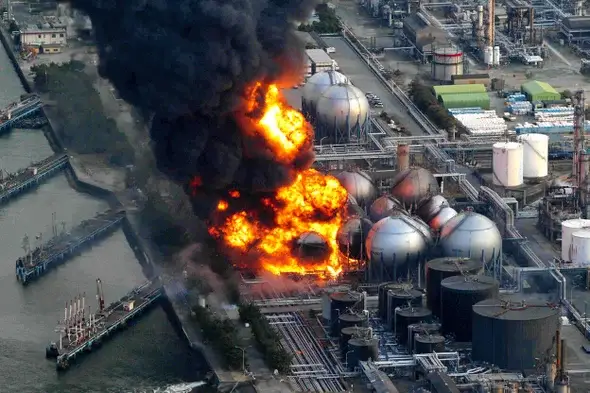
What happened: A major earthquake and tsunami disabled power to a nuclear plant, Fukushima, causing radioactive leakage.
Consequences: Here, the residents and workers were exposed to relatively low doses of radiation as compared to disasters like Chernobyl and Hiroshima.
According to WHO, the risk of mutations passed on to children was relatively low with a baseline diagnosis of thyroid cancers in those who were exposed to radiation. Studies also showed that chromosomal or DNA alterations in blood cells were minimal.
4. Mayak Nuclear Disaster / Techa River Contamination (Russia,1950)
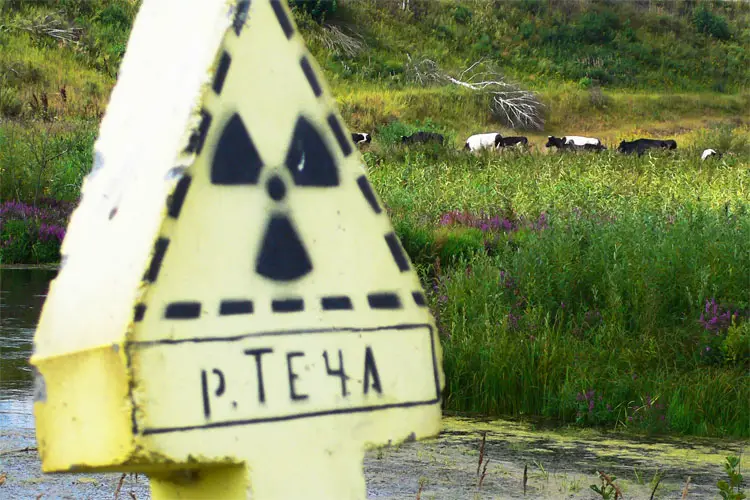
What happened: Now known as the Kyshtym disaster, it is one of the earliest and least-known nuclear disasters. This catastrophic event released an estimated 20 million curies of radiation into the environment, primarily due to the explosion of a waste tank.
Not only this even before the disaster, workers dumped the radioactive waste in the nearby Techa river for years.
Consequences: According to a research paper published in the Journal of Radiological Protection, one of the most critical impacts was DNA damage due to long-term low-dose radiation exposure.
Studies on affected individuals showed increased chromosomal aberrations such as translocations and dicentrics, elevated levels of cytogenetic damage indicating long-term genetic instability due to radiation.
The study also emphasises that the primary source of exposure was external gamma radiation and internal incorporation of radionuclides, both known to cause DNA strand breaks and mutations.
5. Jharkhand, India — Jaduguda Uranium mines (ongoing)
What Happened: The Jaduguda Mine is a uranium mine in Jaduguda village in the Purbi Singhbhum, Jharkhand, India. Mining companies have been collecting Uranium for decades without following safety protocols.
The continuous exposure led to radioactive spread in water, air and even on land.
Consequences: Several studies and research have revealed that the population living in this area and even in the surrounding areas suffer from various health concerns like DNA strand breaks, causing cancer and mutation, stillbirth, miscarriages, and infertility.
Many research organisations, NGOs and new media have covered this site and raised questions regarding India’s nuclear policy.
Key findings:
Radiation leaves a lasting scar on human DNA. Many end up dead, but the survivors and descendents? They suffer more, chromosomal aberrations, DNA strand breaks, heritable mutations, gene mutations, epigenetic changes, birth deformities, fertility issues and whatnot.
As of now, there is no promising treatment for radiation-caused injuries and damage, so what should we do? We can follow several things if we ever end up being the victim of a radiation disaster, such as:
- Get indoors quickly
- Remove outer clothing
- Wash thoroughly
- Avoid contaminated food/water
- Undergo radiation monitoring and DNA health checkups
- Watch for long-term signs and report immediately if you are experiencing any.
Wrapping up:
Radioactive waste is the most lethal and devastating element on Earth. It isn’t even safe to dump it in space. Even a small-scale exposure leads to long-lasting and generational effects, particularly on our genetics.
It’s the only element, as per our knowledge, having the capability to destroy the entire world’s life without even doing much. There are so many tragedies that haven’t surfaced.
Millions of people in human history have already died from radioactive spread, for the most part! We didn’t even know about it. Share this article and subscribe to Genetic Education.
Resources:
- Akleyev AV, Krestinina LY, Degteva MO, Tolstykh EI. Consequences of the radiation accident at the Mayak production association in 1957 (the ‘Kyshtym Accident’). J Radiol Prot. 2017;37(3):R19-R42. doi:10.1088/1361-6498/aa7f8d.
- Doctrow, B. (2021). The genetic effects of Chernobyl radiation exposure. [online] National Institutes of Health (NIH). Available at: https://www.nih.gov/news-events/nih-research-matters/genetic-effects-chernobyl-radiation-exposure.
- EBSCO Information Services, Inc. | www.ebsco.com. (2024). Chelyabinsk nuclear waste explosion | EBSCO. [online] Available at: https://www.ebsco.com/research-starters/science/chelyabinsk-nuclear-waste-explosion [Accessed 22 Jul. 2025].
- Listwa, D. (2012). Hiroshima and Nagasaki: the Long Term Health Effects. [online] Columbia.edu. Available at: https://k1project.columbia.edu/news/hiroshima-and-nagasaki.
- Nuclear-risks.org. (2025a). NUCLEAR-RISKS | Jadugoda. [online] Available at: https://www.nuclear-risks.org/en/hibakusha-worldwide/jadugoda.html [Accessed 22 Jul. 2025].
- Tomonaga, M. (2019). The Atomic Bombings of Hiroshima and Nagasaki: A Summary of the Human Consequences, 1945-2018, and Lessons for Homo Sapiens to End the Nuclear Weapon Age. Journal for Peace and Nuclear Disarmament, [online] 2(2), pp.491–517.
- United Nations (2005). The Chernobyl Accident. [online] United Nations : Scientific Committee on the Effects of Atomic Radiation. Available at: https://www.unscear.org/unscear/en/areas-of-work/chernobyl.html.
www.rerf.or.jp. (n.d.). DNA Studies of the Children of Atomic-bomb Survivors (1985-present) – Radiation Effects Research Foundation (RERF). [online] Available at: https://www.rerf.or.jp/en/programs/roadmap_e/health_effects-en/geneefx-en/dna/.
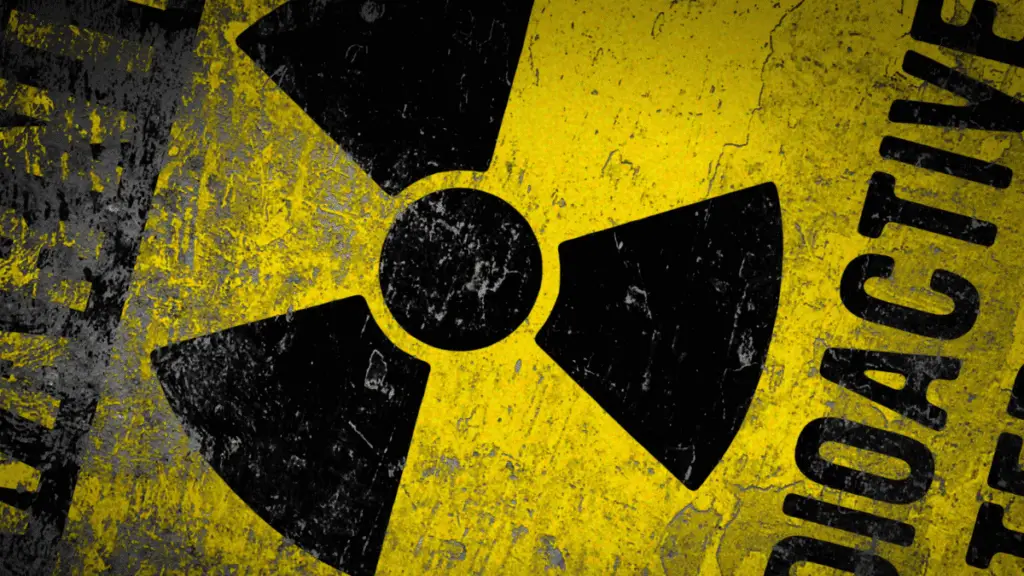
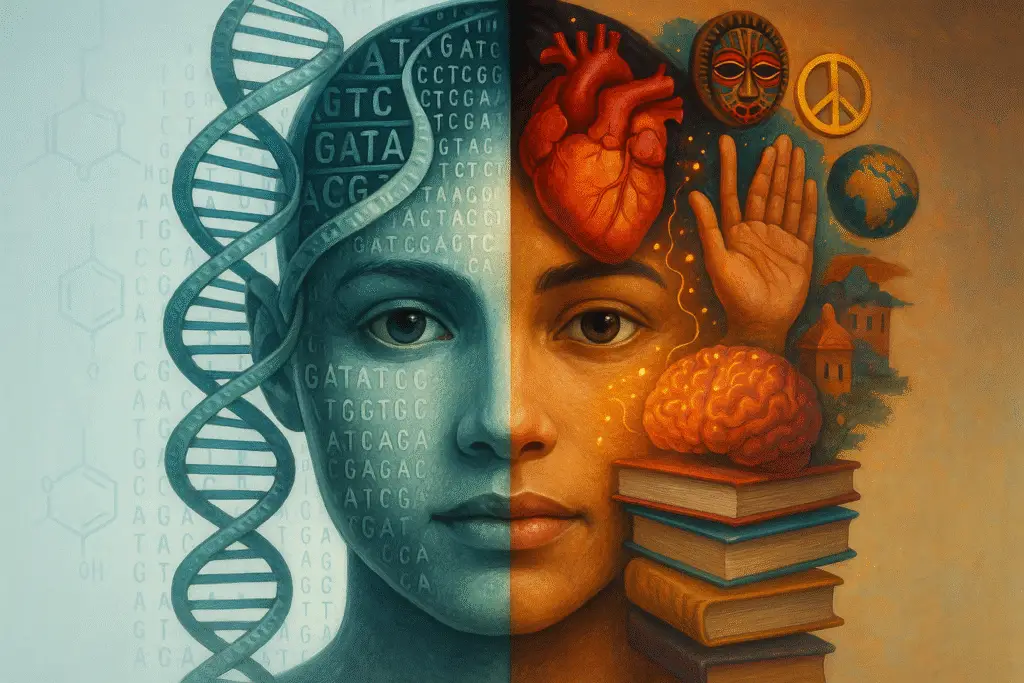
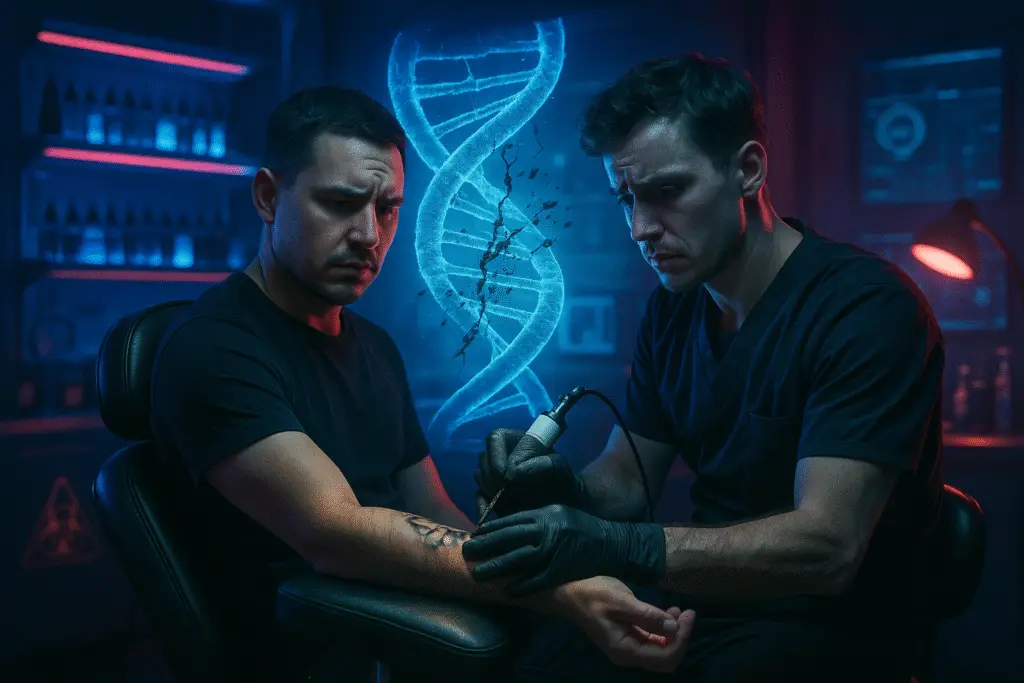
Thank you for sharing this wisdom
This message fills my heart with hope for better tomorrow ahead